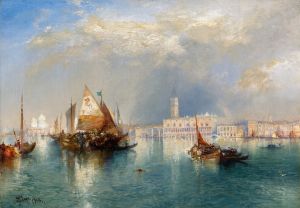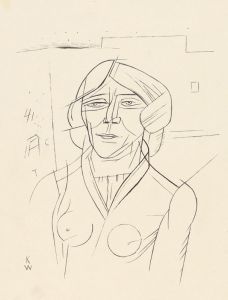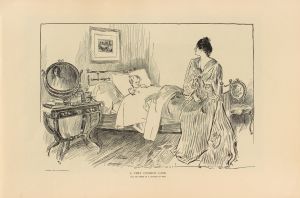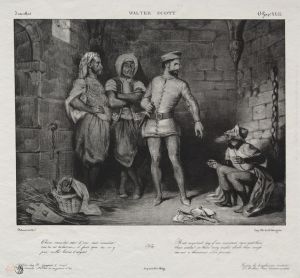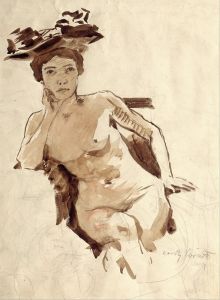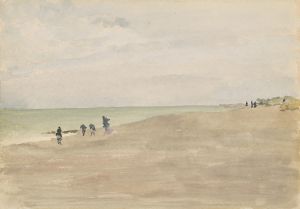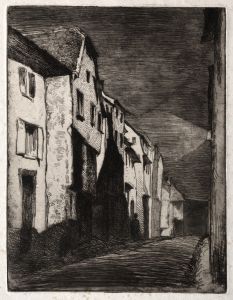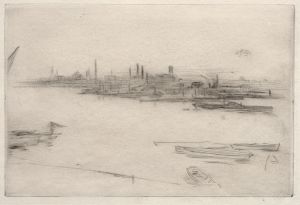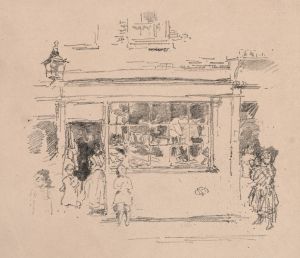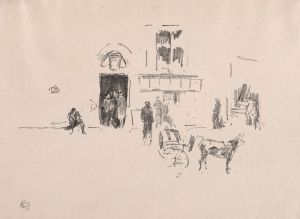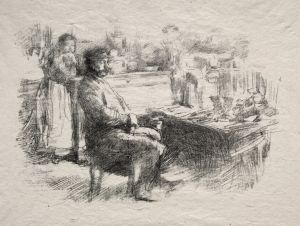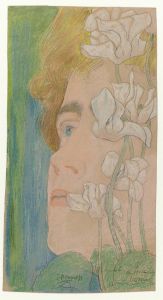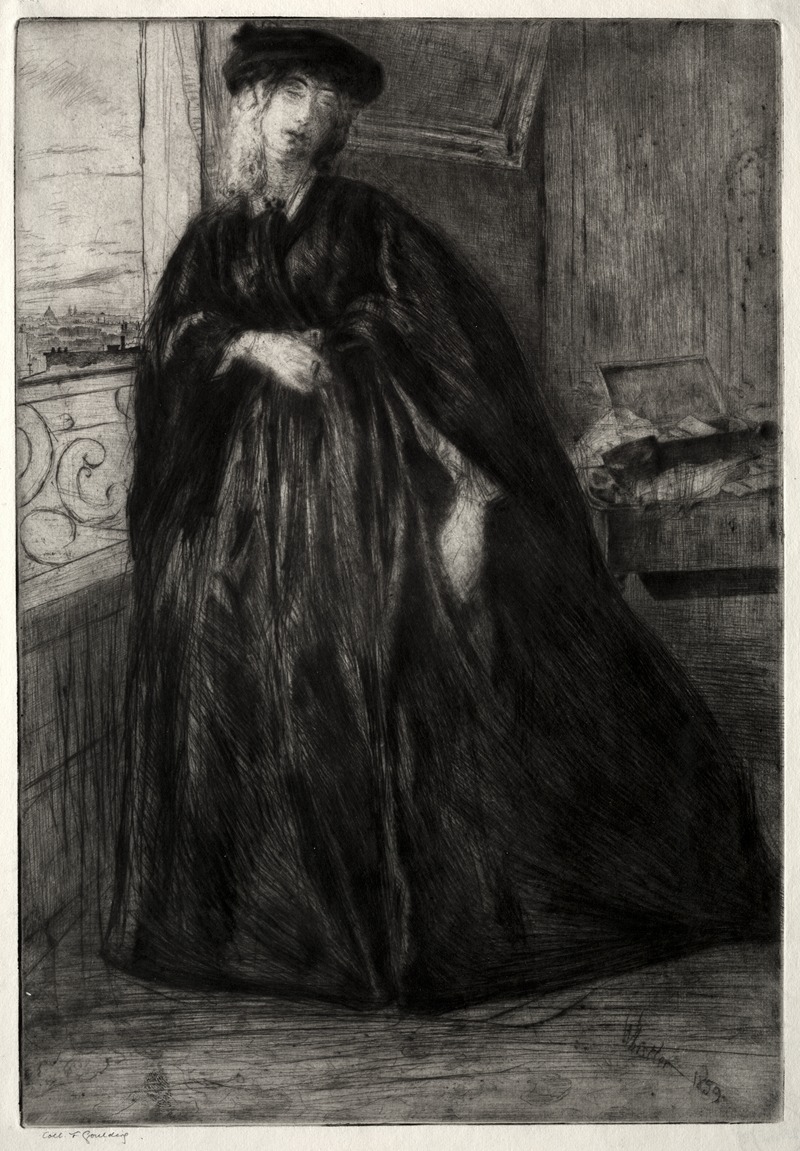
Finette
A hand-painted replica of James Abbott McNeill Whistler’s masterpiece Finette, meticulously crafted by professional artists to capture the true essence of the original. Each piece is created with museum-quality canvas and rare mineral pigments, carefully painted by experienced artists with delicate brushstrokes and rich, layered colors to perfectly recreate the texture of the original artwork. Unlike machine-printed reproductions, this hand-painted version brings the painting to life, infused with the artist’s emotions and skill in every stroke. Whether for personal collection or home decoration, it instantly elevates the artistic atmosphere of any space.
James Abbott McNeill Whistler was an American artist known for his significant contributions to the art world during the 19th century. He is particularly renowned for his paintings, which often emphasize mood and atmosphere over detailed representation. One of his works, "Finette," exemplifies his unique style and approach to portraiture.
"Finette" is a portrait created by Whistler, though specific details about the painting, such as its exact date of creation, dimensions, and current location, are not widely documented. Whistler's portraits often feature a subdued palette and a focus on the sitter's expression and demeanor, capturing more than just their physical appearance. This approach aligns with Whistler's broader artistic philosophy, which prioritized the aesthetic experience over narrative content.
Whistler's style was influenced by various art movements and traditions, including Realism and Aestheticism. He was known for his belief in "art for art's sake," a principle that suggests art should be appreciated for its beauty and form rather than its subject matter or moral message. This philosophy is evident in "Finette," where the emphasis is likely on the composition, color harmony, and the overall mood conveyed by the portrait.
Throughout his career, Whistler was associated with several key figures in the art world, and his work often sparked both admiration and controversy. He was a contemporary of artists such as Édouard Manet and Edgar Degas, and he shared their interest in capturing modern life and exploring new artistic techniques. Whistler's work, including "Finette," reflects his innovative spirit and his desire to push the boundaries of traditional portraiture.
Whistler's portraits are characterized by their simplicity and elegance. He often used a limited color palette, focusing on subtle gradations of tone to create depth and atmosphere. This technique can be seen in "Finette," where the interplay of light and shadow likely plays a crucial role in defining the subject's features and the overall composition.
The artist's approach to portraiture was also influenced by his interest in Japanese art, which was gaining popularity in Europe during his lifetime. Whistler admired the simplicity and refinement of Japanese prints, and these elements can be seen in the composition and execution of his portraits, including "Finette."
While specific details about "Finette" are limited, the painting is an example of Whistler's broader body of work, which has had a lasting impact on the art world. His innovative techniques and commitment to aesthetic beauty have inspired generations of artists and continue to be studied and appreciated today.
In summary, "Finette" by James Abbott McNeill Whistler is a testament to the artist's skill and his dedication to creating art that transcends mere representation. Through his use of color, composition, and mood, Whistler crafted portraits that capture the essence of his subjects and reflect his unique artistic vision.





